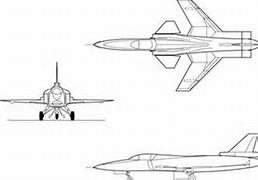S'sonic
Stealth
Menu
A free template by Lucknowwebs.com for WYSIWYG WebBuilder 8
Nigel G Wilcox
Powered by Sispro1-S
Paragon Of Space Publication
© Copyright Reserved - United Kingdom
Ideal Screen Composition 1024 x 768
SITEMAP
PSEUDO SCIENCE
SCIENCE RESEARCH
ABOUT
Desk
Supersonic
Stealth
Study
Menu
MAIN INDEX
Fastest Air Planes
Space
Transport
Menu
X-29 FSW
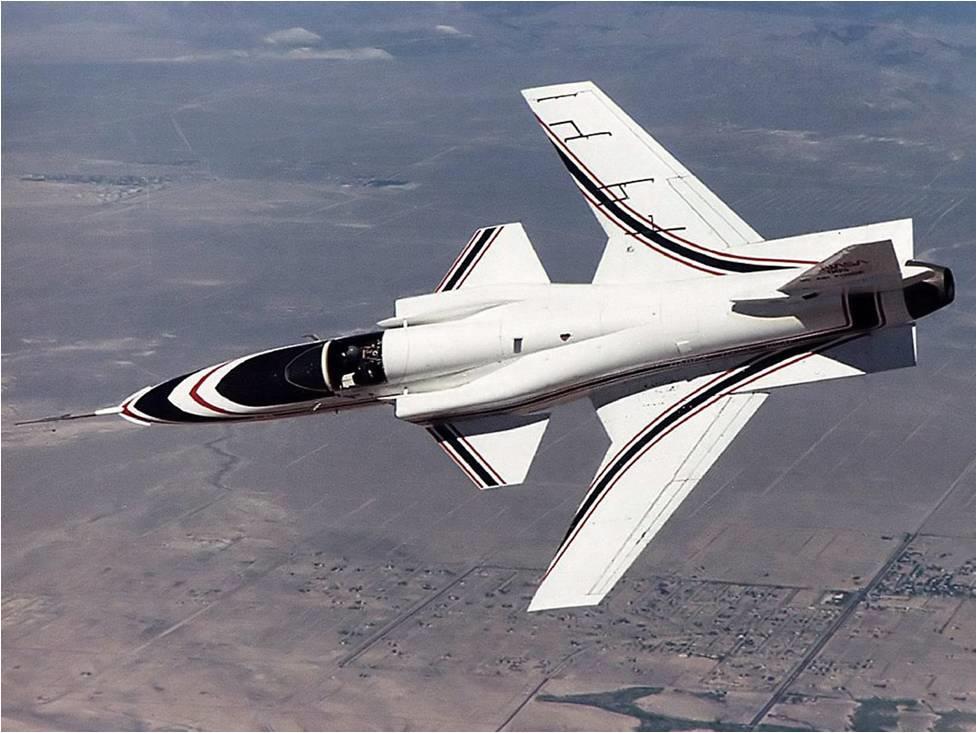
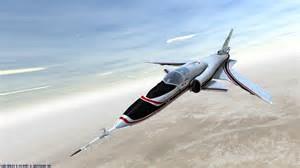
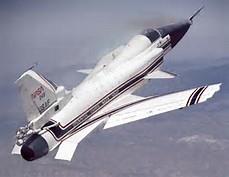
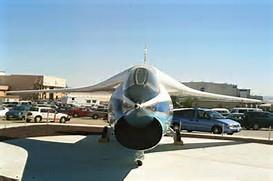
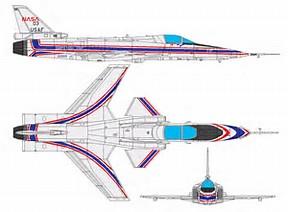
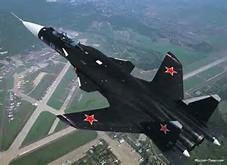
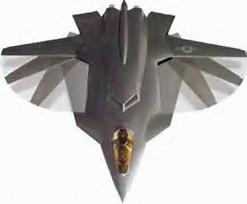
Two X-29As were built by Grumman from two existing Northrop F-5A Freedom Fighter airframes (63-8372 became 82-0003 and 65-10573 became 82-0049) after the proposal had been chosen over a competing one involving a General Dynamics F-16 Fighting Falcon. The X-29 design made use of the forward fuselage and nose landing gear from the F-5As with the control surface actuators and main landing gear from the F-16. The technological advancement that made the X-29 a plausible design was the use of carbon-fiber composites. The wings of the X-29, made partly of graphite epoxy, were swept at more than 33 degrees forward. The Grumman internal designation for the X-29 was “Grumman Model 712” or “G-712”.
The X-29A demonstrated high maneuvering and control in flight testing. A maximum angle of attack of 67° was reached. The configuration, combined with a center of gravity well aft of the aerodynamic center, made the craft inherently unstable. Stability was provided by the computerized flight control system making 40 corrections per second. The flight control system was made up of three redundant digital computers backed up by three redundant analog computers; any of the three could fly it on its own, but the redundancy allowed them to check for errors. Each of the three would “vote” on their measurements, so that if any one was malfunctioning it could be detected. It was estimated that a total failure of the system was as unlikely as a mechanical failure in an airplane with a conventional arrangement.
Aeroelastic considerations
In a forward swept wing configuration, the aerodynamic lift produces a twisting force which rotates the wing leading edge upward. This results in a higher angle of attack, which increases lift, twisting the wing further. This aeroelastic divergence can quickly lead to structural failure. With conventional metallic construction, a torsionally very stiff wing would be required to resist twisting; stiffening the wing adds weight, which may make the design unfeasible.
The X-29 design made use of the anisotropic elastic coupling between bending and twisting of the carbon fiber composite material to address this aeroelastic effect. Rather than using a very stiff wing, which would carry a weight penalty even with the relatively light-weight composite, the X-29 used a laminate which produced coupling between bending and torsion. As lift increases, bending loads force the wing tips to bend upward. Torsion loads attempt to twist the wing to higher angles of attack, but the coupling resists the loads, twisting the leading edge downward reducing wing angle of attack and lift. With lift reduced, the loads are reduced and divergence is avoided.
Operational history
The first X-29 was taken aloft on 14 December 1984 from Edwards AFB with Grumman’s Chief Test Pilot Chuck Sewell at the controls. With that flight, the X-29 became the second jet-powered aircraft to fly with forward swept wings (with the Nazi Germany-era Junkers Ju 287, which first flew in 1944, being the first)… The NASA test program continued from 1984 to 1991…
Grumman X-29A Technical Specifications
Service Year: 1982
Type: Forward-Swept Wing Technology Demonstrator
National Origin: United States
Manufacturer(s): Grumman - USA
Production Total: 2
Structural (Crew Space, Dimensions and Weights)
Operating Crew (Typical): 1
Overall Length: 48.23 feet (14.7 meters)
Overall Width: 28.87 feet (8.80 meters)
Overall Height: 14.11 feet (4.30 meters)
Weight (Empty): 13,801 lb (6,260 kg)
Weight (MTOW): 17,791 lb (8,070 kg)
Propulsion: 1 x General Electric F404-GE-400 turbofan engine developing 16,000 lb of thrust.
Maximum Speed: 1,131 mph (1,820 kph; 983 knots)
Maximum Range: 1,553 miles (2,500 km)
Service Ceiling: 55,118 feet (16,800 meters; 10.44 miles)
Armament / Mission Payload : None.
Global Operators / Customers: United States Model Variants (Including Prototypes)
Grumman Model 712 / G-712 - Internal Grumman Company Designation.
X-29A - Base Developmentl Model: of which 2 examples were produced and operated.
The Grumman X-29 was an American experimental aircraft that tested a forward-swept wing, canard control surfaces, and other novel aircraft technologies. The X-29 was developed by Grumman, and the two built were flown by NASA and the United States Air Force. The aerodynamic instability of the X-29's airframe required the use of computerized fly-by-wire control. Composite materials were used to control the aeroelastic divergent twisting experienced by forward-swept wings, and to reduce weight. The X-29 first flew in 1984; two X-29s were flight tested over the next decade.
Maximum speed: 1,770 km/h (1,100 mph) Range: 347.97 mi Maiden flight: 14 Dec 1984 Length: 48.10 ft Wingspan: 27.20 ft Passengers: 1
Role: Experimental aircraft
National origin: United States
Manufacturer: Grumman
First flight: 14 December 1984
Status: Retired
Primary user: DARPA
Number built: 2











